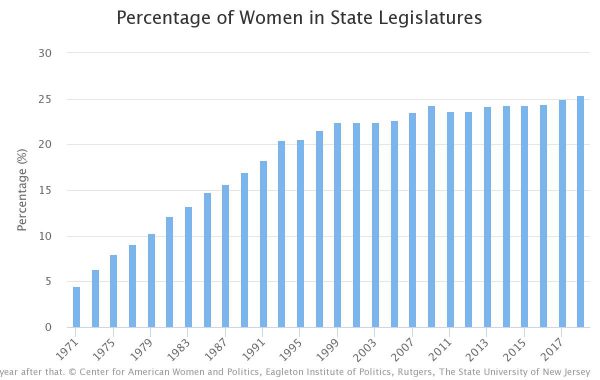Avon Library to Explore First Amendment, Freedom of the Press
/Thomas Jefferson’s famous quote, “our liberty depends on the freedom of the press, and that cannot be limited without being lost,” is the centerpiece of a lecture series hosted by the Avon Public Library examining freedom of the press in America’s democracy.
 Anti-media rhetoric from President Trump, which was a constant during his campaign and since, has spurred interest in the topic. The discussions in Avon, which are free, will be led by local educators and historians and continue into the fall.
Anti-media rhetoric from President Trump, which was a constant during his campaign and since, has spurred interest in the topic. The discussions in Avon, which are free, will be led by local educators and historians and continue into the fall.
Upcoming sessions are:
Discovering Katherine Graham - Wednesday, August 15, 2018, 2:00 pm: This program will consider relevant sections of Katherine Graham’s Pulitzer Prize winning biography, Personal History (1997) alongside the film adaptation, The Post . It will focus on Graham’s representations of the Newspaper Guild and the pressman’s strike, the Pentagon Papers, the Watergate Affair, and the Vietnam War in light how The Post depicts the struggle to uphold the principles of journalistic integrity when faced with adversity. The literature discussion will be led by Aimee Pozorski, CCSU English Department; film discussion will be led by Dr. Karen Ritzenhoff, CCSU Communication Department.
“We Hold These Truths”: The Declaration of Independence; A Single Page that Changed the World - Tuesday, August 21, 2018, 2:00 pm: An interactive and illustrated discussion about the events surrounding the adoption of the Declaration of Independence by the Second Continental Congress will be led by Bev York, Education Director for the Windham Textile and History Museum. Attendees are asked to review the declaration of Independence prior to the session.
The Bill of Rights for High School Students - Wednesday, September 12, 2018, 3:00 pm: What can students say and do to exercise the First Amendment right of free speech and freedom of religion in schools? How has the Supreme Court ruled on these issues, and what avenues of redress are open to students if they think that their rights have been violated? These and other questions will be explored in this session, led by Stephen McGrath, CCSU History Department. It is geared for teens, but attendance is not limited.
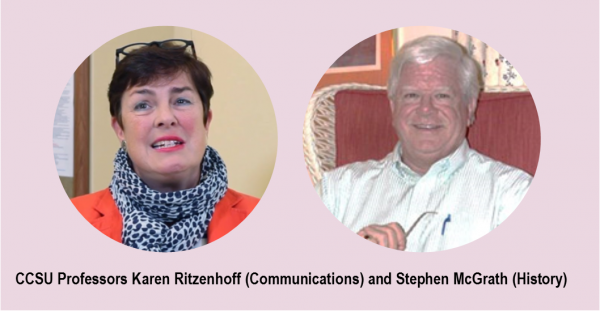 The Popularity of Alexander Hamilton - Thursday, September 13, 2018, 3:00 pm: An illustrated talk about the inspiring story of the Alexander Hamilton, and his contributions, struggles, and tragic death. After years of being perceived as having only a supporting role, Hamilton’s star has risen, confirming his belief that “Those who stand for nothing fall for anything.” The discussion will be led by Bev York, Education Director for the Windham Textile and History Museum.
The Popularity of Alexander Hamilton - Thursday, September 13, 2018, 3:00 pm: An illustrated talk about the inspiring story of the Alexander Hamilton, and his contributions, struggles, and tragic death. After years of being perceived as having only a supporting role, Hamilton’s star has risen, confirming his belief that “Those who stand for nothing fall for anything.” The discussion will be led by Bev York, Education Director for the Windham Textile and History Museum.
Social Media, the Press, and Us - Monday, September 17, 2018, 6:30 pm: The everyday reality of media use around the globe is changing rapidly due to the proliferation of smart phones, tablets and multiple screens that allow access to, and immediate dissemination of, the news. This talk will focus on the way social media is not only shaping our human relationships in a digital age but also our understanding of the world around us. How does user-generated content allow for new participatory energies to develop while also deeply affecting cultural identities and generating new types of intimacies. Lecture and discussion will be led by Dr. Karen Ritzenhoff, CCSU Communication Department.
A full description of the upcoming lectures is available, and the library also has resources available through their website, at www.avonctlibrary.info.




 Her work at C-CHANGE is designed to accelerate and strengthen public education on climate change and pollution issues, bringing the science down to the individual level, highlighting the impacts on people, rather than the planet.
Her work at C-CHANGE is designed to accelerate and strengthen public education on climate change and pollution issues, bringing the science down to the individual level, highlighting the impacts on people, rather than the planet.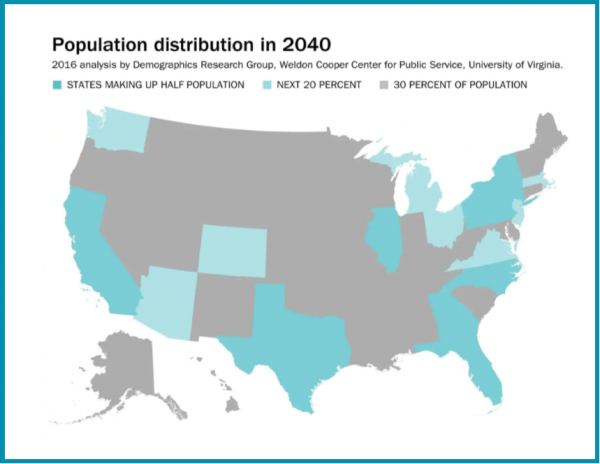

 Each of the six locations is highlighted on the site with information on attractions, events, restaurants, accommodations and shopping.
Each of the six locations is highlighted on the site with information on attractions, events, restaurants, accommodations and shopping. ithin the past year. Bridgeport also received a walk score of 68, along with a bike score of 50. Stamford earned a walk score of 54, bike score of 39 and transit score of 38. Waterbury’s walk score was 49; bike score was 25. Danbury’s walk score was 38.
ithin the past year. Bridgeport also received a walk score of 68, along with a bike score of 50. Stamford earned a walk score of 54, bike score of 39 and transit score of 38. Waterbury’s walk score was 49; bike score was 25. Danbury’s walk score was 38.

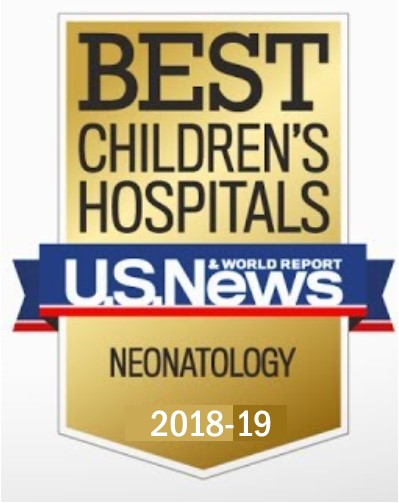 Atop the rankings in the pediatric specialty were Children’s National Medical Center (Washington, DC), Children’s Hospital of Philadelphia, Boston Children’s Hospital, Children’s Hospital Colorado, Cincinnati Children’s Hospital Medical Center, Rainbow Babies and Children’s Hospital (Cleveland), UCSF Benioff Children’s Hospital of San Francisco and Oakland, New York-Presbyterian Morgan Stanley-Komansky Children’s Hospital, St. Louis Children’s Hospital-Washington University, and C.S. Mott Children’s Hospital – Michigan Medicine (Ann Arbor).
Atop the rankings in the pediatric specialty were Children’s National Medical Center (Washington, DC), Children’s Hospital of Philadelphia, Boston Children’s Hospital, Children’s Hospital Colorado, Cincinnati Children’s Hospital Medical Center, Rainbow Babies and Children’s Hospital (Cleveland), UCSF Benioff Children’s Hospital of San Francisco and Oakland, New York-Presbyterian Morgan Stanley-Komansky Children’s Hospital, St. Louis Children’s Hospital-Washington University, and C.S. Mott Children’s Hospital – Michigan Medicine (Ann Arbor). e, infection rates in the NICU and other data collected from a detailed U.S. News clinical survey of children's hospitals, produced 85 percent of each hospital's score. The other 15 percent reflects nominations from pediatric specialists and subspecialists who responded to surveys in 2016, 2017 and 2018 and recommended the hospital for serious cases in their specialty.
e, infection rates in the NICU and other data collected from a detailed U.S. News clinical survey of children's hospitals, produced 85 percent of each hospital's score. The other 15 percent reflects nominations from pediatric specialists and subspecialists who responded to surveys in 2016, 2017 and 2018 and recommended the hospital for serious cases in their specialty.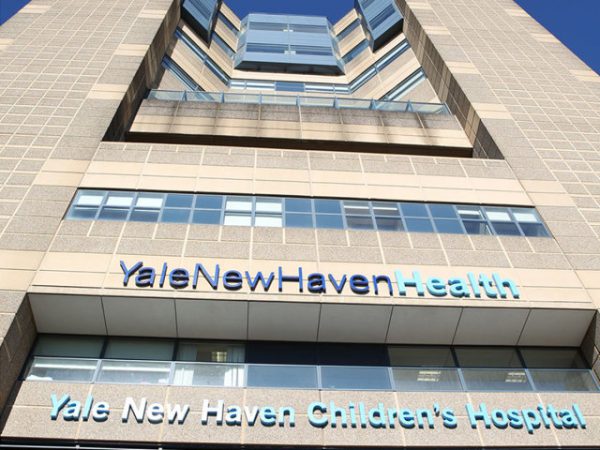

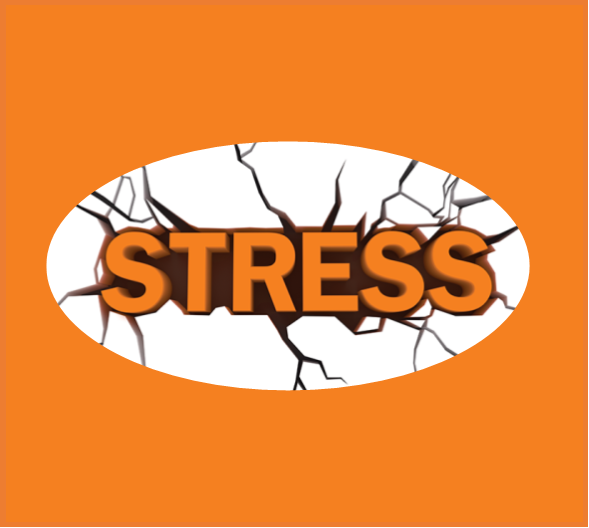
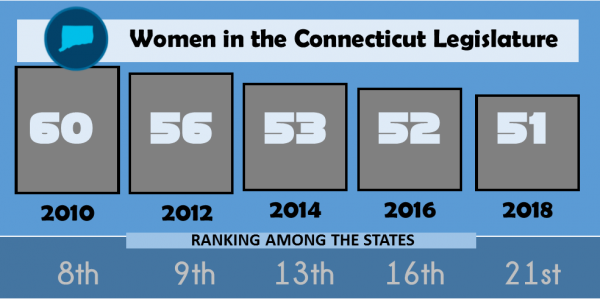 The 2018 election year has been widely declared the year of the woman in politics, a reaction to the MeToo movement and related issues that have risen to the top of many political agendas. It appears that Connecticut ballots may have a record number of women candidates in November, depending upon the outcome of the August 14 primaries in some legislative districts.
The 2018 election year has been widely declared the year of the woman in politics, a reaction to the MeToo movement and related issues that have risen to the top of many political agendas. It appears that Connecticut ballots may have a record number of women candidates in November, depending upon the outcome of the August 14 primaries in some legislative districts. Leading the nation were Arizona (40%), Vermont (40%), Nevada (38.1%), Colorado (38%), Washington (37.4%), and Illinois (35.6%). Women make up 25.4 percent of all state legislators
Leading the nation were Arizona (40%), Vermont (40%), Nevada (38.1%), Colorado (38%), Washington (37.4%), and Illinois (35.6%). Women make up 25.4 percent of all state legislators 